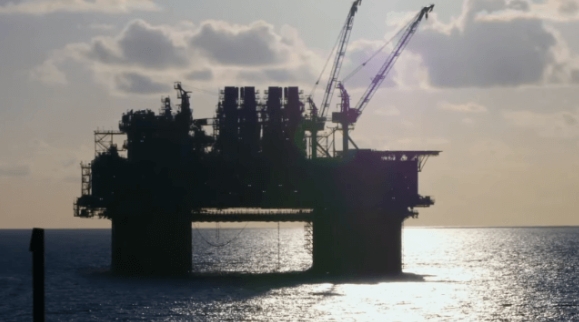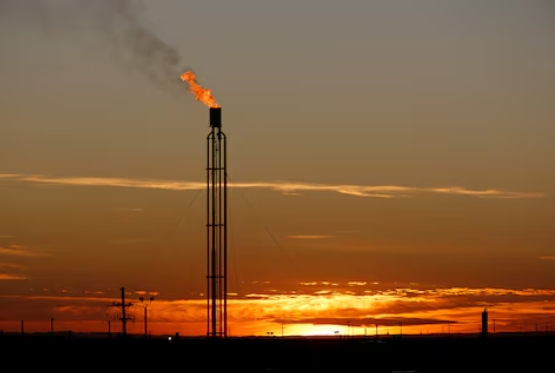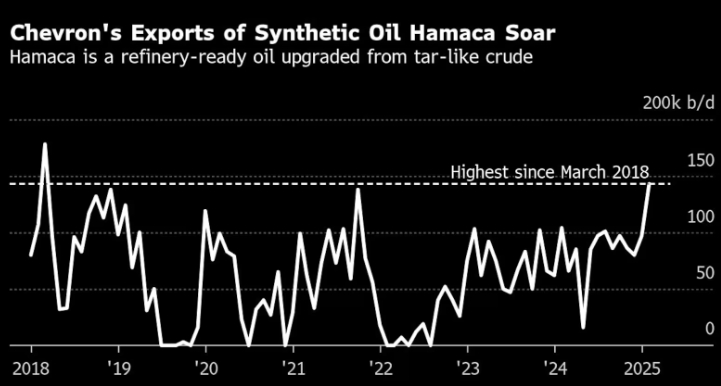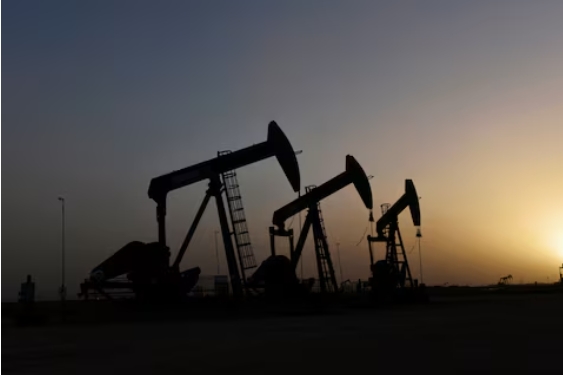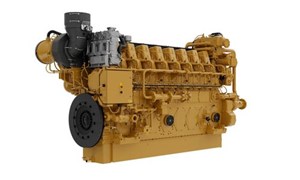
The Cat CCV System is field-proven in the Permian and Marcellus basins, having logged 33,000 engine hours to date. It captures and filters gases that accumulate in the engine crankcase and routes the gases into the engine intake system. Returned crankcase gases are combusted before exiting the engine which reduces engine methane emissions by up to 20%[1]. Additionally, blow-by emissions are eliminated.[2]
Specifically designed for Cat G3600 solutions, the bolt-on CCV system holds multiple unique patents that distinguish it from conventional CCV approaches. The system has the capability to operate at very low ambient temperatures with minimal risk to condensation and emulsion. Additionally, oil mist filtered from crankcase gases is returned to the engine oil sump, eliminating facility contamination from crankcase emissions. When combined with the G3600 Gen 2 retrofit kit, operators can further support climate-related objectives. The CCV system maintains engine durability, and there is no change to preventive maintenance and overhaul schedule.
“Caterpillar Oil & Gas is committed to developing reliable solutions that enhance performance while supporting climate-related initiatives,” said Derek Kamp, Caterpillar Oil and Gas vice president. “Our Cat CCV System is engineered to enable operators to maximize their existing fleets – and uptime – while keeping pace with the industry’s evolving requirements. They are now able to take advantage of new technology without having to wait and purchase a new engine. With our CCV, operators can lower methane emissions with their current G3600 engines without compromising operational efficiency.”
The CCV System for G3600 A4 engines is currently available to order as a retrofit kit, and the system is scheduled to be standard on all new G3600 A4 Gen 2 engines starting January 2025. The CCV System for G3600 A3 engines is planned to be released in late 2025.
